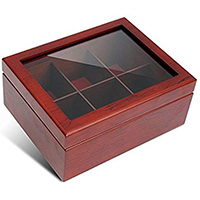Bread bin purchasing advice: how to choose the right product
- What you need to know
- Bread bins are a great way to keep bread fresh for longer.
- They come in various shapes and sizes. Some with hinged lids, others with rolling shutters, and with or without air vents.
- Bread bins can be made from stainless steel, wood, steel, or ceramic.
- You can use the lid as a chopping board on some models.
Keep your bread fresh longer
There’s nothing quite like the taste of fresh bread out of the oven. Still, while it might be best when it’s super fresh, bread stays good for much longer if stored correctly.
Bread becomes stale when its moisture content decreases. Unfortunately, the answer to bread storage isn’t as simple as just putting your bread in a plastic bag or wrapping it in foil. If you seal bread to stop any water getting out, the crust will become soft, and it will eventually go moldy. On the other hand, you don’t want the bread to dry out too quickly, so you do need to store it somewhere.
What about the fridge?
A lot of people keep their bread in the fridge, but this actually causes it to go stale quicker. Bread needs to be kept at between 64 and 71 °F (18-22 °C). At low temperatures, the starch molecules in bread crystallize, making the bread go stale and taste worse.
So, to keep bread fresh for the longest time possible, you need to keep it from drying out but still let air circulate. There’s good reason bakers sell their bread in paper bags – paper absorbs some moisture to prevent mold but at the same time stops the bread from fully drying out. Bread bins are another great option, as they allow some airflow but prevent the bread from going stale too quickly.
Which bread bin is right for me?
Bread bins come in a variety of styles. The main question is, which one keeps bread fresh for longest.
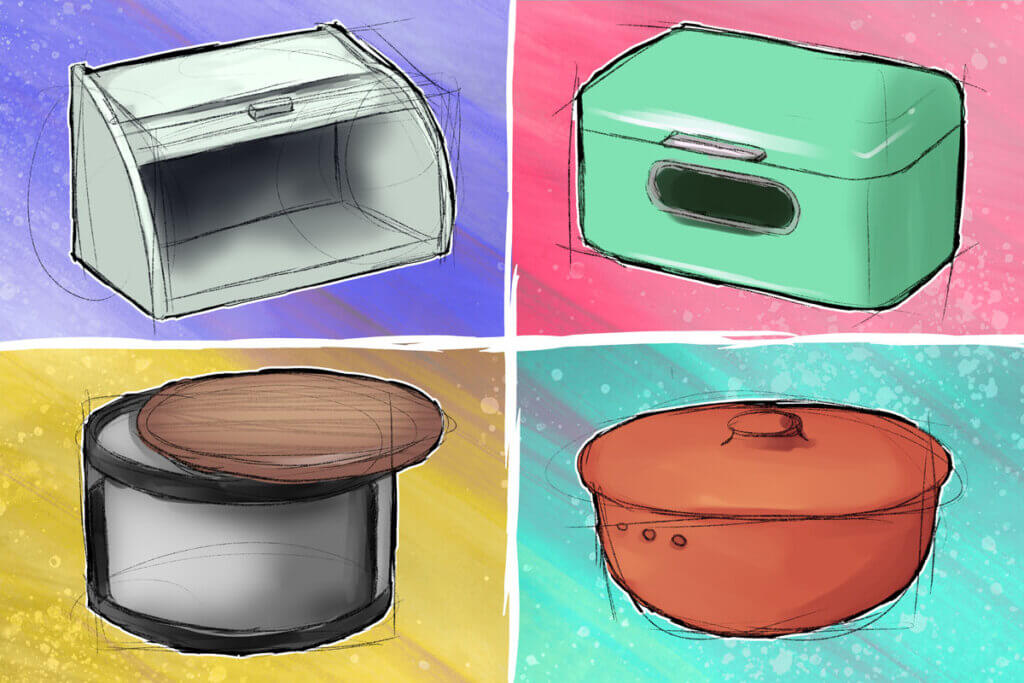
Folding
Some think of them as old-fashioned, others see them as retro. In any case, folding bread bins have a classic design. With some models, you can use the top of the lid as a cutting board. Bread stays fresh for a comparatively long time in these bins.
Roll-top
Roll-top bread bins are much more modern than their folding cousins, and you can use the top of some models as a shelf. While they might be stylish, bread tends not to stay fresh for as long in them.
Pot
This style is a classic. It tends to be made from ceramic or clay and is comparatively heavy. Bread stored in pot-style bins stays fresh for a very long time. The only downside is that taking the lid on and off is usually quite loud.
Drum
Drum-style bread bins are quite similar to roll-top ones. They have a sliding door, and their top can often be used as a chopping board. The main problem with this style is that they tend to trap a lot of heat, which can cause mold to grow. This said, they keep bread fresh for longer than roll-top models.
Buying tips
Not only do bread bins differ in design style, they also come in a range of different materials and sizes. When choosing a model, make sure to check what the ventilation is like, and whether it has any extras like a chopping board. Of course, price also plays an important role in determining your decision.
Material
Bread bins are made from a range of different materials. Ceramic and clay are at the top of the pile when it comes to storing bread. Both materials are great for retaining freshness. Clay absorbs moisture well, and ceramic ensures good air circulation.
If you want something different to these classic materials, there are a lot of bread bins made from wood or metal like stainless steel. Wood is a good option as it is breathable like paper. However, this breathability also means that the wood can absorb smells and re-distribute them. If you go for a metal bread bin, make sure it has enough ventilation holes.
Size
Get a bread bin that matches how much bread you consume as a household. Too small, and there won’t be enough space for air to properly circulate. If in doubt, overestimate the size you’ll need.
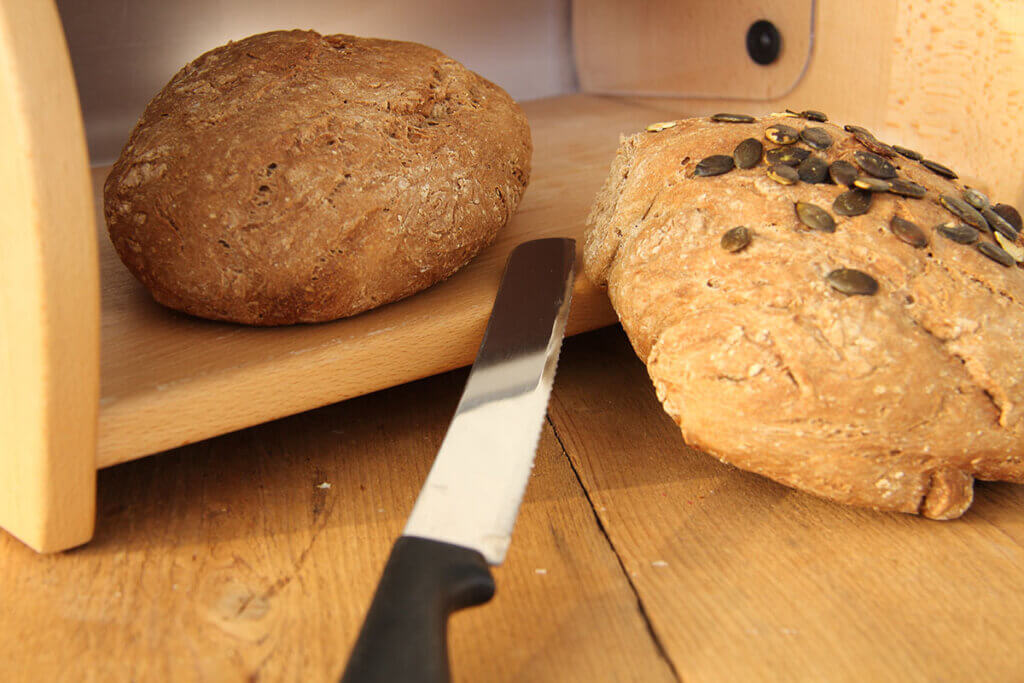
Air circulation
Air circulation is essential for preventing mold growth by removing some moisture. Make sure whatever bread bin you go for has enough ventilation. Ideally, the vents should be on multiple sides so that air can flow through the bread bin.
Extras
Talking about extras on a bread bin might seem a bit over the top. However, there are actually a few things that can make a real difference. Some models have extra compartments for storing vegetables like onions or potatoes. Others have a lid that can be used as a chopping board or as an extra kitchen shelf.
Price
Price doesn’t always equal performance with bread bins. Expensive materials make for expensive bread bins, but that doesn’t mean they keep your bread fresh for longer. Cheap bread bins start at around $20 and can reach over $100 for designer models made from metal.
Usage tips
Once you’ve picked your bread bin, there are some things you can do to get the most out of it. Read on for a few tips.
Location
Picking the right place for your bread bin is important. You need somewhere with good air circulation that isn’t too humid. If you put it next to your cooker or microwave, the bread can absorb additional moisture from there. Likewise, if you put the bread bin near to a window, the bread will dry out faster due to there being too much air circulation. The best place for a bread bin is neither near heat sources nor near a window. Ideally, it should be somewhere sheltered, but with enough space around it so it doesn’t trap air inside.
Bread shelf life
Different bread types last for varying amounts of time. Baguettes are really only good for a day or two, but of course, you can get wonderbread that lasts for weeks.
A good rule of thumb is that the lighter the baked goods are, the shorter their shelf life. This is determined by wheat content. The higher the wheat content, the faster the bread will go stale.
Wheat bread tends to keep for a couple of days. Rye, on the other hand, lasts for three to four days. Wholemeal bread tends to last the longest – around a week.
Freezing bread
Freezing is a great way to store bread, but it requires some effort. When frozen properly, bread can be stored for months.
If you choose to freeze bread, make sure to do it as soon as possible after buying or baking. The best way to freeze bread is in slices. This will help it freeze faster, and it makes it easy to defrost in your toaster. If you freeze a whole loaf, defrost it overnight, and then quickly refresh it by putting it in the oven. Reheated frozen bread tastes as if it has just come fresh from the bakery.
Refreshing bread that has become hard
If you forget to put your bread in the bread bin, or it has just gotten a bit too hard, there is a solution. Since bread goes hard when it loses moisture, all you need to do is moisten it a little and put it in the oven. While the bread won’t taste as fresh, it will be much better than before.
Image 1: © FinalCheck | Image 2: © Heike / stock.adobe.com

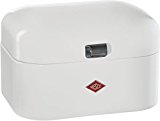
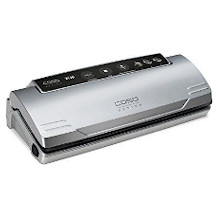
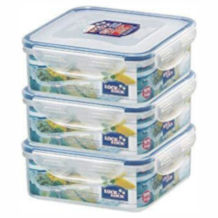
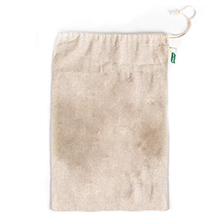
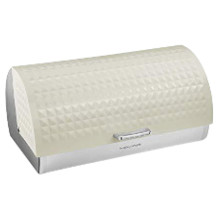
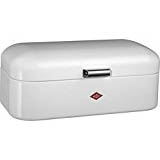
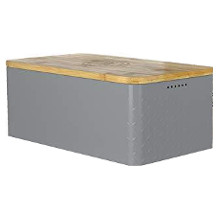
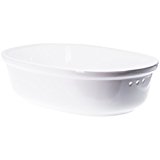
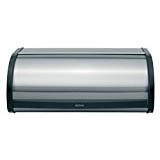

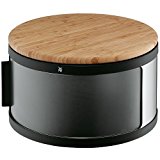
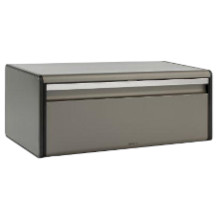
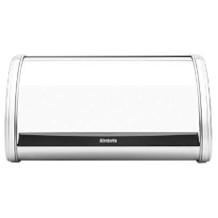
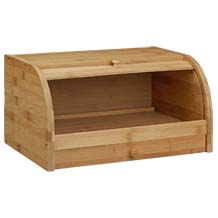
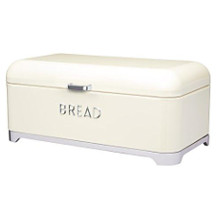
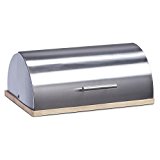
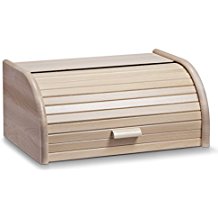
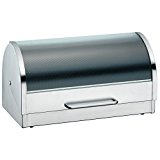
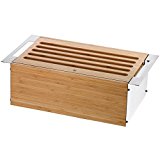
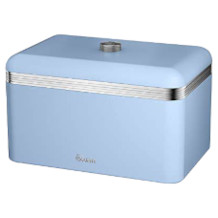
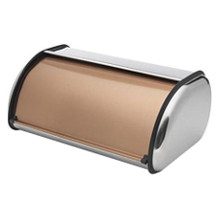

 3,459 reviews
3,459 reviews
